Time After Time
- mcohe7
- Jan 8, 2024
- 4 min read

Even closer to the Spanish border is Elvas with very well preserved buildings and this aqueduct that until the 16th century was the only source of water for the town brought from a spring 5 miles away. The aqueduct still feeds a fountain in the center of town. It has a total of 843 arches, very impressive.
Marble is mined in the region and there are a number of places where you can see piles of rough stones and blocks of marble to be processed and exported. In Evora close to the Temple of Diana is a marble sculpture of lovers kissing by Japanese artist Soho Kitagawa.
A trip to Europe isn't complete without a castle or two. This one is located in Vila Vicosa and houses two disparate museums, one archaeological and the other hunting. Skipped the hunting and found the archaeology as always amazing to be looking at objects from prehistoric times. As a high school student I thought I wanted to be an archaeologist, to have the thrill of finding something though the tedium of the rest of the time digging made me reconsider.
Cork trees grow everywhere in this region. Notice how they harvest the bark only up to the branches. The darker part has been removed. It doesn't hurt the trees which can live 200 years and regrow their bark in 9 years. They look like the sleeves of sweaters were left on.
The Cromlech of Almendres consists of 100 "menhirs" (standing stones) arranged in a semi-elliptical form along an East/West axis. By the time it was discovered in the 1960s most of the stones had fallen over. They were re-erected using archaeological data carried out from 1970s to 1990s. The research confirmed that the cromlech was created some time between the 6th and 4th millennia BCE. The meaning and function of this cromlech is still in debate but clearly of sacred and symbolic significance. Its orientation at the highest point and its orientation with a large single menhir some distance away seems to confirm a relationship with the cycle of the sun and moon. There are some carvings on a few of the stones still barely visible though mostly eroded and as you can see a fence surrounds the whole installation to keep visitors from trampling and undermining the cromlech.
This dolmen is where Neolithic people buried their dead, together with their possessions, more than 130 have been found just in this area. This one is the largest in Portugal and has an entrance passage of 46 feet long leading to the chamber you can see made of very large stones. The entrance chamber is blocked off for fear of possible collapse. The contents can be seen in the Evora Museum and the National Museum in Lisbon.

Taking to the road on to our next destination we visited a small town called Coruche, in the heart of bullfighting country. The town has been inhabited since prehistoric times and was destroyed in 1180 by the Moors in revenge against the reconquering Christians. It was Sunday so very quiet, and we found this beautiful azulejo tile mural in the town square. The idea of covering walls, floors, and even ceilings with tiles was introduced to Spain and Portugal by the Moors. By the 18th century no other European country was producing so many tiles. The blue and white ones from the Baroque period are considered to be the finest.
As I said a quiet town on Sunday. The facade in the middle is totally covered with azulejo tile. The Coruche pillory in the center of the town square is originally from the 16th century. It was dismantled early in the 20th century and reassembled in 1941 next to the city hall. The pillory's original purpose was a framework to imprison someone with their head and hands bound and hung from the hooks they added to the top of the new construction. People could come by and hurl projectiles at the prisoners. These were used frequently during the Inquisition. Not sure why they erected this, as a reminder of what happened in the past or what could happen in the future.
Next stop was the Roman Villa of Cardilio near Torres Novo. At the beginning of the 20th century this ancient site was used as a quarry with materials removed to be used in constructing houses. In 1963 an archaeological expedition discovered foundations, bases of columns, and beautifully ornamented mosaic floors. Some objects including coins, ceramics, bronze pieces, and a marble statue of Eros were removed to museums for safe keeping. The middle photo on the top row is the remains of the bath typically constructed of small arches that would have been heated and covered with a floor now missing.
Lapas caves are human made dug under the village of Lapas. The origin of the caves remains a mystery, perhaps an underground tufa quarry, shelter for prehistoric people, hiding places for persecuted Christians and there are references to such caves in Moorish writings. For sure there is archaeological evidence from the 15th and 18th centuries. The village above the caves was established in the 13th century.
Started this post with an aqueduct, ending with one. The Aqueduct dos Pegoes Altos, that serves the convent of Tomar (more about this in the next posting). Built in 17th century, 6 km long, 180 arches, 30 meters tall. Very impressive though we've seem many along the way mostly much smaller.













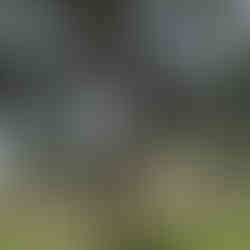


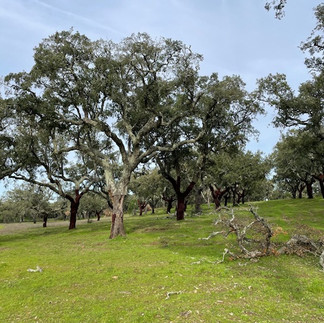





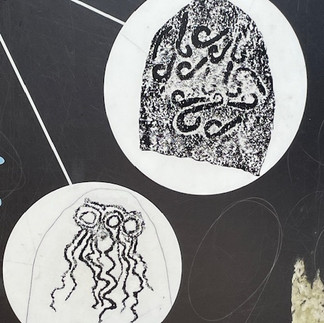





























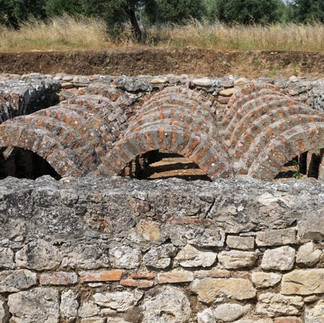
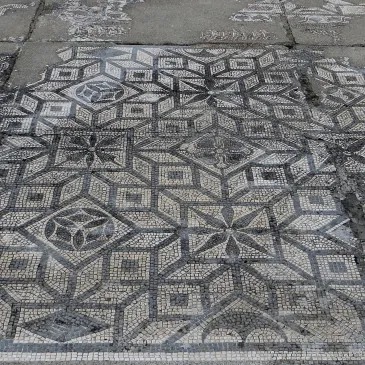



















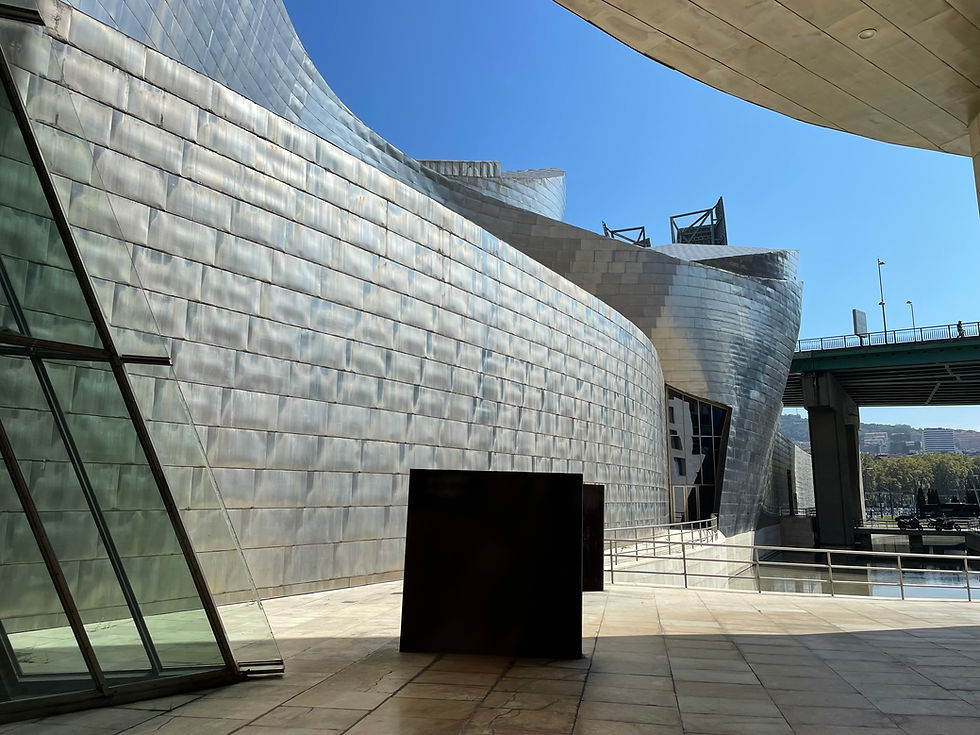

Comments